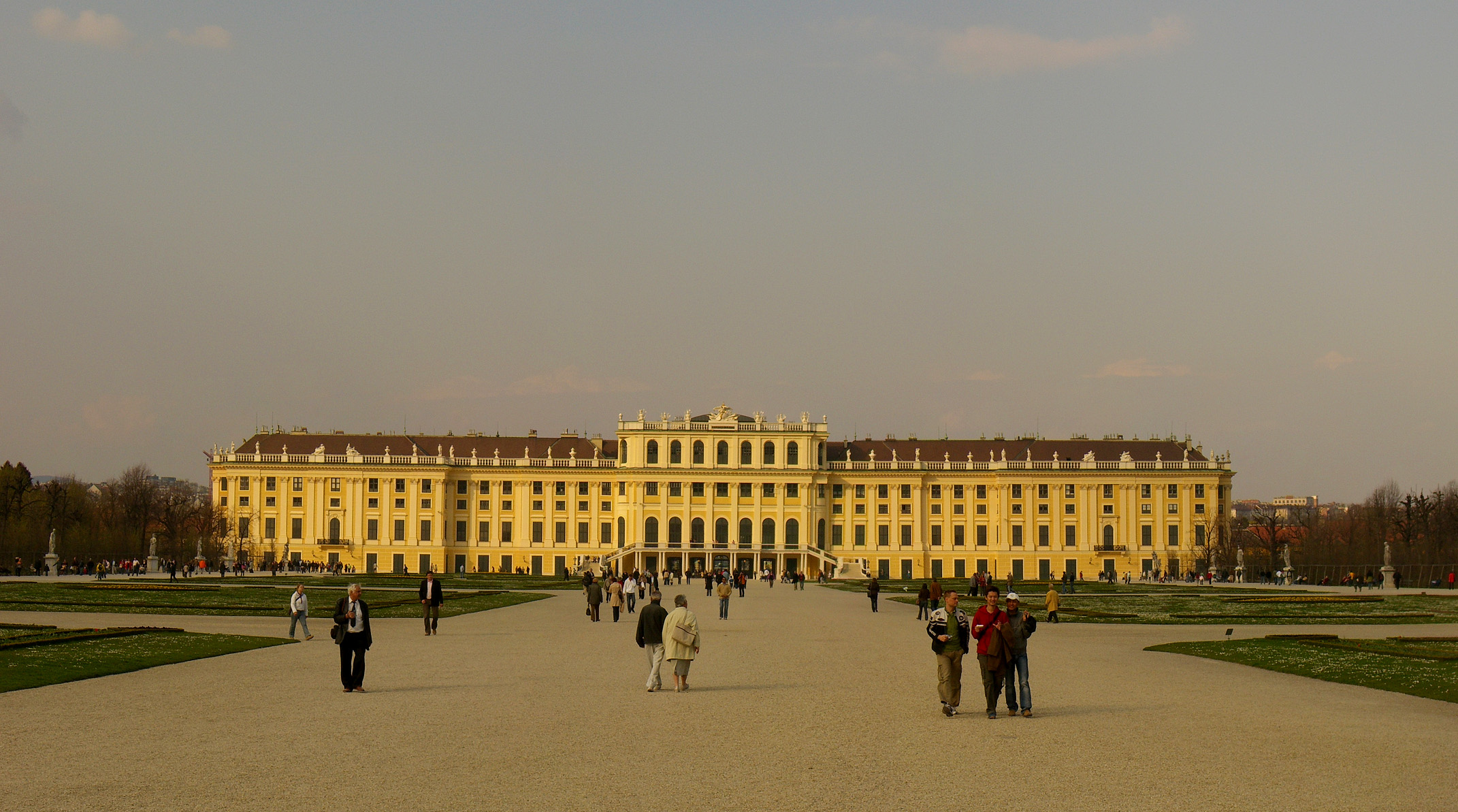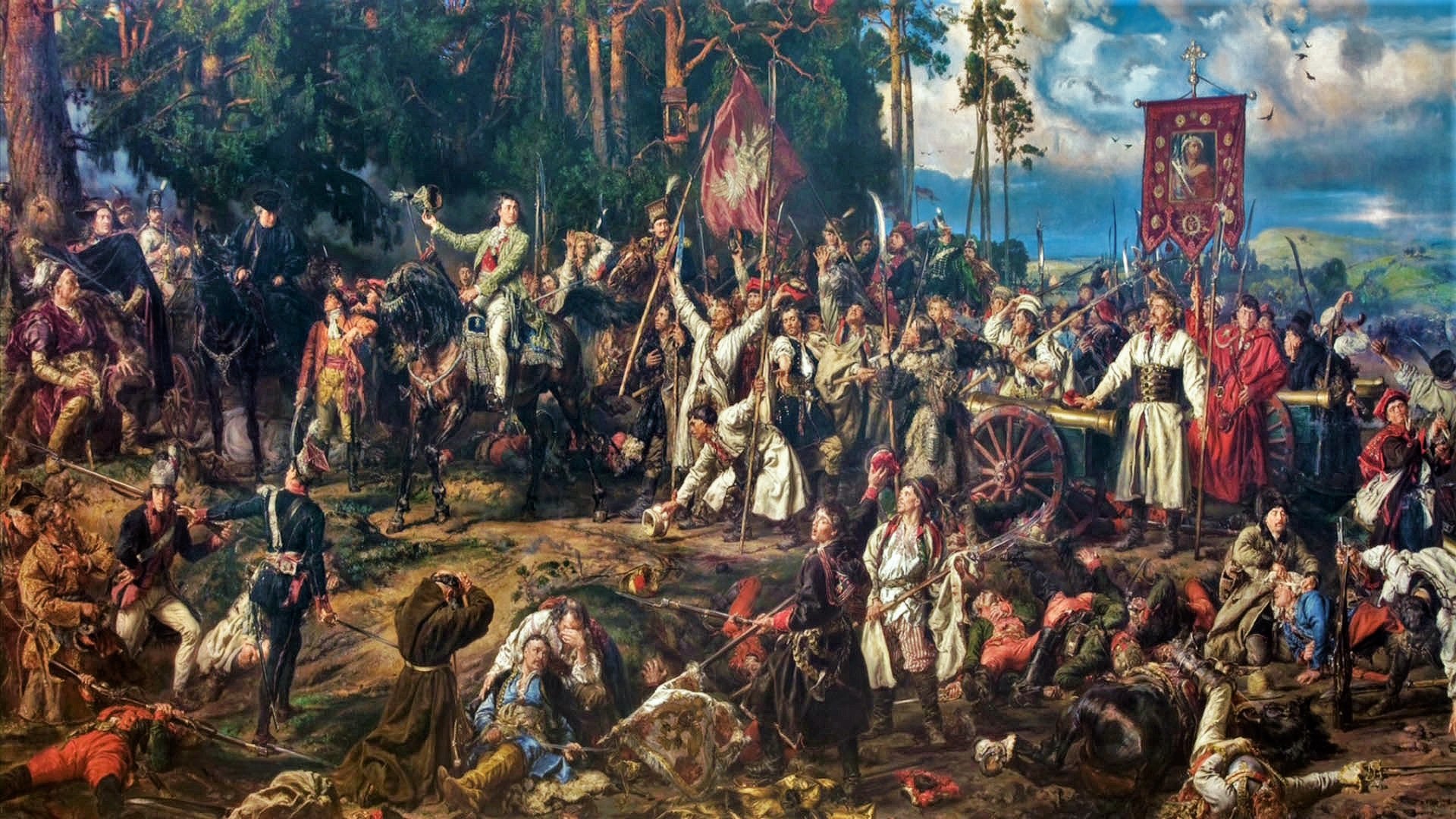|
Heinrich Wilhelm Schott
Heinrich Wilhelm Schott (7 January 1794 in Brünn (Brno), Moravia – 5 March 1865 at Schönbrunn Palace, Vienna) was an Austrian botanist well known for his extensive work on aroids (Araceae). He studied botany, agriculture and chemistry at the University of Vienna, where he was a pupil of Joseph Franz von Jacquin (1766–1839). He was a participant in the Austrian Brazil Expedition from 1817 to 1821. In 1828 he was appointed ''Hofgärtner'' (royal gardener) in Vienna, later serving as director of the Imperial Gardens at Schönbrunn Palace (1845). In 1852 he was in charge of transforming part of palace gardens in the fashion of an English garden. He also enriched the Viennese court gardens with his collections from Brazil. He was also interested in Alpine flora, and was responsible for development of the alpinum at Schloss Belvedere in Vienna. In 2008, botanists P.C.Boyce & S.Y.Wong published ''Schottarum'', a genus of flowering plants from Borneo belonging to the fam ... [...More Info...] [...Related Items...] OR: [Wikipedia] [Google] [Baidu] |
Schönbrunn Palace
Schönbrunn Palace (german: Schloss Schönbrunn ; Central Bavarian: ''Schloss Scheenbrunn'') was the main summer residence of the Habsburg rulers, located in Hietzing, Vienna. The name ''Schönbrunn'' (meaning “beautiful spring”) has its roots in an artesian well from which water was consumed by the court. The 1,441-room Rococo palace is one of the most important architectural, cultural, and historic monuments in the country. The history of the palace and its vast gardens spans over 300 years, reflecting the changing tastes, interests, and aspirations of successive Habsburg monarchs. It has been a major tourist attraction since the mid-1950s. History In 1569, Holy Roman Emperor Maximilian II purchased a large floodplain of the Wien river beneath a hill, situated between Meidling and Hietzing. The former owner, in 1548, had erected a mansion called ''Katterburg''. The emperor ordered the area to be fenced and put game there such as pheasants, ducks, deer and boar, in order ... [...More Info...] [...Related Items...] OR: [Wikipedia] [Google] [Baidu] |
Belvedere, Vienna
The Belvedere is a historic building complex in Vienna, Austria, consisting of two Baroque palaces (the Upper and Lower Belvedere), the Orangery, and the Palace Stables. The buildings are set in a Baroque park landscape in the third district of the city, on the south-eastern edge of its centre. It houses the Belvedere museum. The grounds are set on a gentle gradient and include decorative tiered fountains and cascades, Baroque sculptures, and majestic wrought iron gates. The Baroque palace complex was built as a summer residence for Prince Eugene of Savoy. The Belvedere was built during a period of extensive construction in Vienna, which at the time was both the imperial capital and home to the ruling Habsburg dynasty. This period of prosperity followed on from the commander-in-chief Prince Eugene of Savoy's successful conclusion of a series of wars against the Ottoman Empire. Lower Belvedere On 30 November 1697, one year after commencing with the construction of the Stadtp ... [...More Info...] [...Related Items...] OR: [Wikipedia] [Google] [Baidu] |
1865 Deaths
Events January–March * January 4 – The New York Stock Exchange opens its first permanent headquarters at 10-12 Broad near Wall Street, in New York City. * January 13 – American Civil War : Second Battle of Fort Fisher: United States forces launch a major amphibious assault against the last seaport held by the Confederates, Fort Fisher, North Carolina. * January 15 – American Civil War: United States forces capture Fort Fisher. * January 31 ** The Thirteenth Amendment to the United States Constitution (conditional prohibition of slavery and involuntary servitude) passes narrowly, in the House of Representatives. ** American Civil War: Confederate General Robert E. Lee becomes general-in-chief. * February ** American Civil War: Columbia, South Carolina burns, as Confederate forces flee from advancing Union forces. * February 3 – American Civil War : Hampton Roads Conference: Union and Confederate leaders discuss peace terms. * Febru ... [...More Info...] [...Related Items...] OR: [Wikipedia] [Google] [Baidu] |
1794 Births
Events January–March * January 1 – The Stibo Group is founded by Niels Lund as a printing company in Aarhus (Denmark). * January 13 – The U.S. Congress enacts a law providing for, effective May 1, 1795, a United States flag of 15 stars and 15 stripes, in recognition of the recent admission of Vermont and Kentucky as the 14th and 15th states. A subsequent act restores the number of stripes to 13, but provides for additional stars upon the admission of each additional state. * January 21 – King George III of Great Britain delivers the speech opening Parliament and recommends a continuation of Britain's war with France. * February 4 – French Revolution: The National Convention of the French First Republic abolishes slavery. * February 8 – Wreck of the Ten Sail on Grand Cayman. * February 11 – The first session of the United States Senate is open to the public. * March 4 – The Eleventh Amendment to the United States Const ... [...More Info...] [...Related Items...] OR: [Wikipedia] [Google] [Baidu] |
Christa Riedl-Dorn
{{disambiguation, surname ...
Christa may refer to: * Christa (given name), a female given name * Janusz Christa (1934-2008), Polish comics author * ''Swedish Fly Girls'', a 1971 film also known as ''Christa'' * 1015 Christa, an asteroid See also * Christ (other) * Christa-Elizabeth * Christe * Christi * Christo (other) * Christy (other) * Crista * Christia * Krista Krista is a female given name, a mostly North European ( Finland, Estonia and Sweden) variant of the male name Christian. The name Krista can be spelled with a "Ch", making it Christa. It means "Follower of Christ". People named Krista * Krista ... [...More Info...] [...Related Items...] OR: [Wikipedia] [Google] [Baidu] |
Carl Fredrik Nyman
Carl Fredrik Nyman (31 August 1820 – 26 April 1893) was a Swedish botanist born in Stockholm. His middle name is alternatively spelled Frederik or Frederick. Nyman was a curator at the Swedish Museum of Natural History in Stockholm (1855–1889).BHL Taxonomic literature : a selective guide to botanical publications With (1794–1865) and (1813–1866), he was editor of ''Analecta Botanica'' (1854). Among his publications are the following: The plant genus ''Nymania'' (synonym '' |
Theodor Kotschy
Karl Georg Theodor Kotschy pl, Teodor Koczy (15 April 1813 – 11 June 1866) was an Austrian botanist and explorer. On his botanical investigations, Kotschy collected large amount of plants and herbs. He also described forty species of oaks in this work, some of them new to science. Biography Kotschy was born in Ustroń in Austrian Silesia (today Poland). He was the son of theologian Carl Friedrich Kotschy (1789–1856). Kotschy studied theology in Vienna from 1833. From 1836 to 1862 he performed extensive botanical research throughout the Middle East and northern Africa, in which he collected over 300,000 botanical specimens. Beginning in 1836, he accompanied geologist Joseph Russegger (1802–1863) on a scientific trip to Cilicia and Syria, afterwards journeying through Nubia and Sennar. Following the dissolution with Russegger's expedition, he remained in Egypt. He later traveled to Kurdufan (1839), Cyprus, Syria, Mesopotamia and Kurdistan (1840–41); and during 1842� ... [...More Info...] [...Related Items...] OR: [Wikipedia] [Google] [Baidu] |
Rutaceae
The Rutaceae is a family, commonly known as the rueRUTACEAE in BoDD – Botanical Dermatology Database or family, of s, usually placed in the . Species of the family generally have s th ... [...More Info...] [...Related Items...] OR: [Wikipedia] [Google] [Baidu] |
Stephan Ladislaus Endlicher
Stephan Ladislaus Endlicher also known as Endlicher István László (24 June 1804, Bratislava (Pozsony) – 28 March 1849, Vienna) was an Austrian botanist, numismatist and Sinologist. He was a director of the Botanical Garden of Vienna. Biography Endlicher studied theology and received minor orders. In 1828 he was appointed to the Austrian National Library to reorganize its manuscript collection. Concurrently he studied natural history, in particular botany, and East-Asian languages. In 1836, Endlicher was appointed keeper of the court cabinet of natural history, and in 1840 he became professor at the University of Vienna and director of its Botanical Garden. He wrote a comprehensive description of the plant kingdom according to a natural system, at the time its most comprehensive description. As proposed by Endlicher, it contained images with text. It was published together with the reissue of Franz Unger's ''Grundzüge der Botanik'' (Fundamentals of Botany). Endlich ... [...More Info...] [...Related Items...] OR: [Wikipedia] [Google] [Baidu] |
Monotypic Genus
In biology, a monotypic taxon is a taxonomic group (taxon) that contains only one immediately subordinate taxon. A monotypic species is one that does not include subspecies or smaller, infraspecific taxa. In the case of genera, the term "unispecific" or "monospecific" is sometimes preferred. In botanical nomenclature, a monotypic genus is a genus in the special case where a genus and a single species are simultaneously described. In contrast, an oligotypic taxon contains more than one but only a very few subordinate taxa. Examples Just as the term ''monotypic'' is used to describe a taxon including only one subdivision, the contained taxon can also be referred to as monotypic within the higher-level taxon, e.g. a genus monotypic within a family. Some examples of monotypic groups are: Plants * In the order Amborellales, there is only one family, Amborellaceae and there is only one genus, '' Amborella'', and in this genus there is only one species, namely ''Amborella trichopoda.' ... [...More Info...] [...Related Items...] OR: [Wikipedia] [Google] [Baidu] |
Schottariella
''Schottariella'' is a monotypic genus of flowering plants belonging to the family Araceae. The only species is ''Schottariella mirifica''. The species is found in Borneo. The genus name of ''Schottariella'' is in honour of Heinrich Wilhelm Schott (1794–1865), an Austrian botanist well known for his extensive work on aroids (Family Araceae). The Latin specific epithet In taxonomy, binomial nomenclature ("two-term naming system"), also called nomenclature ("two-name naming system") or binary nomenclature, is a formal system of naming species of living things by giving each a name composed of two parts, bot ... of ''mirifica'' means 'wonderful, amazing and miraculous'. Both the genus and the species were first described and published in Bot. Stud. (Taipei) Vol.50 on page 269 in 2009. References {{Taxonbar, from1=Q19689876, from2=Q9334306 Aroideae Monotypic Araceae genera Plants described in 2009 Flora of Borneo ... [...More Info...] [...Related Items...] OR: [Wikipedia] [Google] [Baidu] |
Borneo
Borneo (; id, Kalimantan) is the List of islands by area, third-largest island in the world and the largest in Asia. At the geographic centre of Maritime Southeast Asia, in relation to major Indonesian islands, it is located north of Java Island, Java, west of Sulawesi, and east of Sumatra. The list of divided islands, island is politically divided among three countries: Malaysia and Brunei in the north, and Indonesia to the south. Approximately 73% of the island is Indonesian territory. In the north, the East Malaysian states of Sabah and Sarawak make up about 26% of the island. The population in Borneo is 23,053,723 (2020 national censuses). Additionally, the Malaysian federal territory of Labuan is situated on a small island just off the coast of Borneo. The sovereign state of Brunei, located on the north coast, comprises about 1% of Borneo's land area. A little more than half of the island is in the Northern Hemisphere, including Brunei and the Malaysian portion, while the ... [...More Info...] [...Related Items...] OR: [Wikipedia] [Google] [Baidu] |



